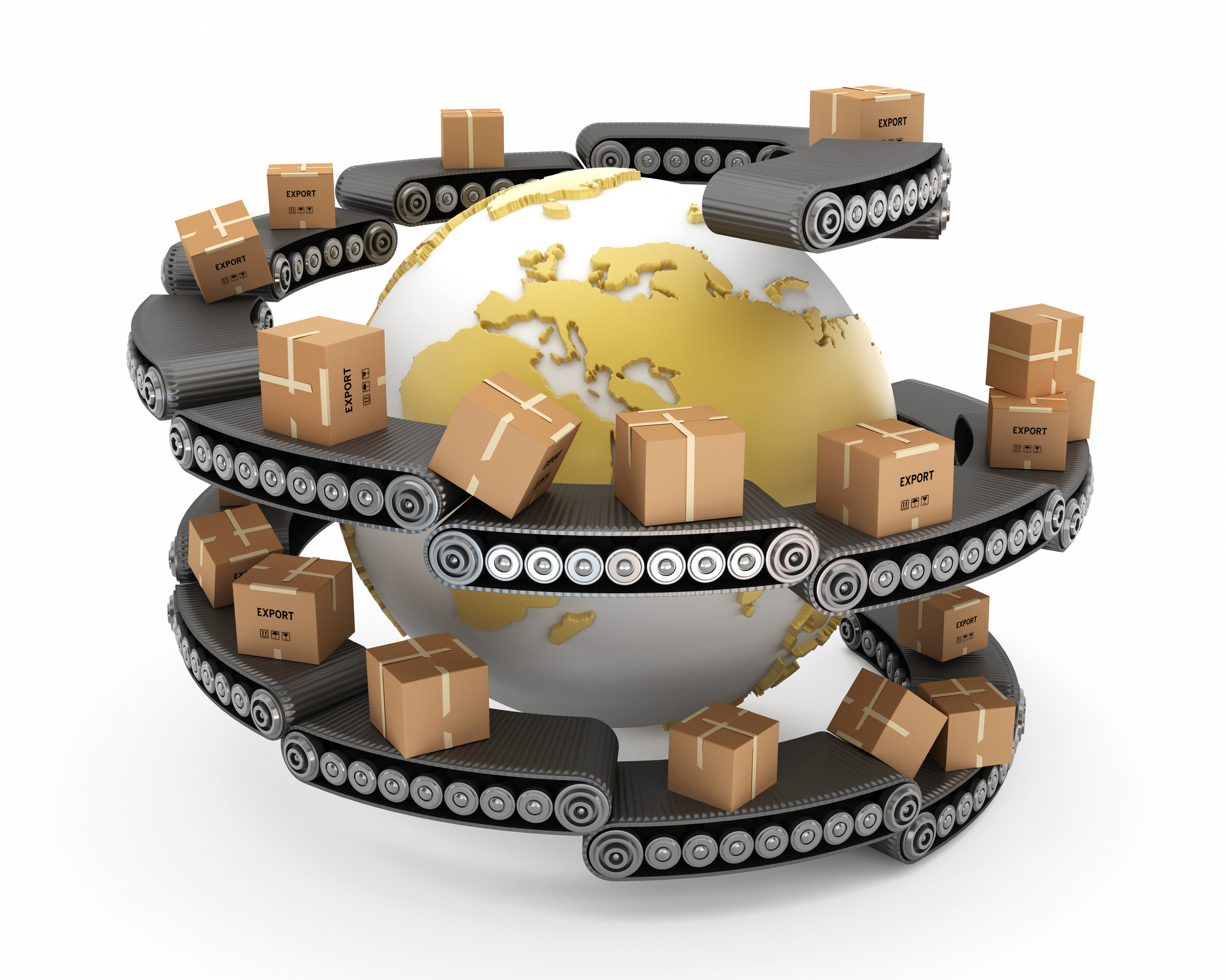As the global pandemic continues to disrupt connections and markets, Professor Peter Enderwick raises the question of whether consumers will, or will not, pay for more resilient global supply chains.
Recent events, more notably the Covid-19 pandemic, have led to extensive discussion on the lack of resilience in global supply chains (GSCs). Delays and difficulties in sourcing PPE and pharmaceutical products, as well as apparent restrictions on the supply of vaccines, have raised concerns.
In New Zealand consumers are experiencing shortages of whiteware products, building materials, new vehicles, and even petfood. Some exporters have faced difficulties in accessing refrigerated containers.
This situation is the result of three decades of fragmented and geographically dispersed production and supply relations involving outside partners and suppliers and designed to maximise efficiency. Such systems offer consumers lower prices – think affordable clothing and electronic products – but they are also highly vulnerable to disruptions that reveal considerable, but often hidden, costs.
The efficiency and cost benefits depend on huge scale and locational advantage, which is why so many consumer products are made in China.
Transporting goods to market has also put huge pressure on shipping and infrastructure. The recent stranding in the Suez Canal of the 1300-foot mega container vessel the Ever Given, as well as port delays in New Zealand, highlight these pressures.
The fragmentation of global systems also adds to environmental costs. Over the past decade, for example, New Zealand food manufacturers have been challenged by the concept of ‘food miles’ in their exporting activities. Lower product prices encourage wasteful consumption – some clothing products are worn only once.
In certain instances, a supply contract may be subject to political concerns – as Air New Zealand discovered with its servicing of Saudi vessels.
Before we consider whether consumers will (or will not) pay for more resilient global supply chains, it’s important to understand “resilience” in this context. Often defined as the ability to return to normal operations after disruption, in the emerging international environment the concept needs to be expanded to encompass awareness, response, recovery, and reorientation to disruptions.
Many businesses and commentators see a clear-cut trade-off: investing in resilience is more expensive and reduces efficiency. In terms of costs, firms need to invest in enhanced capabilities to anticipate and respond to disruptive events.
In addition, resilience measures such as dual sourcing or increased inventory increase the costs of managing supply chains. In the longer term, fundamental re-engineering may also be required.
Given the challenges of the past 18 months few firms are likely to be willing or able to assume these costs. Why, then, would consumers be willing to carry the expense of resilience?
Understandably, they may feel suddenly burdened with new costs they don’t consider their responsibility. There are several ways consumers could be persuaded. First, if the costs of more resilient supply chains are linked to traits they value. For example, restructuring GSCs to ensure more ethical production or the enhanced use of locally produced and processed materials could be appealing.
An excellent example is provided by the shoe manufacturer Allbirds, which sources local (wool) and renewable materials (sugar, recycled bottles, castor bean oil) and offsets carbon emissions through wind energy and regenerative agriculture.
Second, linking resilience to sustainability is attractive – if it’s authentic. Resilience does not equate to sustainability, except perhaps for a firm’s narrow conception of the continuation of its supply links.
The danger is that of ‘greenwashing’, the pretence of being environmentally friendly, as buyers are deluded into seeing a desirable trait that is not delivered. The complexity of GSCs means that such practices are difficult to detect.
Third, consumers may value a product trait such as quality, novelty, or performance that competitors struggle to meet and could justify higher prices. However, the obvious danger is that of highlighting such a trait, subsequently attracting competitors able to better it.
For example, New Zealand’s Warehouse is investing heavily in new technologies to enhance the convenience it offers to customers at a time of product shortages and delays.
GSC restructuring is occurring and will be an ongoing feature in the increasingly challenging international business environment. Such restructuring carries a cost, yet few firms seem to have given much thought as to whether consumer will accept rising prices.
Peter Enderwick is Professor of International Business at AUT Business School.




